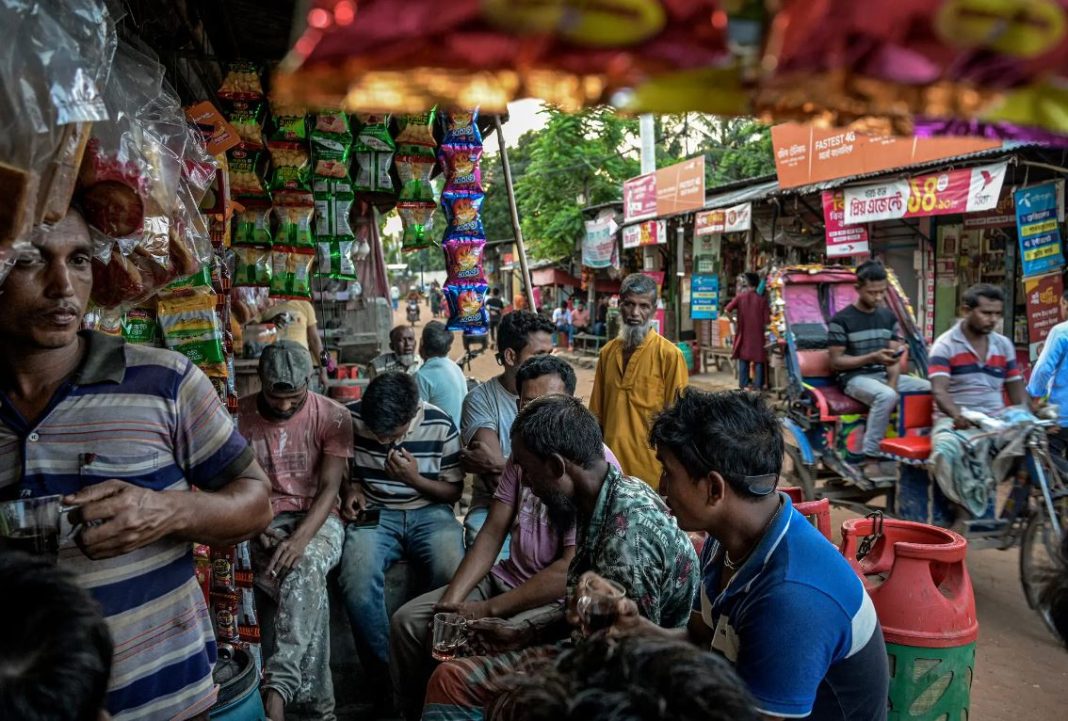For over five decades, the playbook dictating how developing nations can achieve prosperity has remained largely unaltered: Transition rural subsistence farmers into manufacturing roles, then export their goods globally. This formula, employed with varying adaptations by nations like Hong Kong, Singapore, South Korea, Taiwan, and China, has historically propelled unprecedented economic growth, lifting millions out of poverty, spurring job creation, and enhancing living standards.
The success stories of the Asian Tigers and China were predicated on leveraging abundant cheap labor alongside access to international expertise, financial resources, and markets spanning the globe. Government intervention played a pivotal role, with infrastructure development, educational initiatives, business-friendly policies, and industry support fostering a conducive environment for growth.
However, the landscape is shifting. Technological advancements, supply chain reconfigurations, and geopolitical tensions are reshaping trade dynamics, prompting skepticism about the efficacy of industrialization as a panacea for economic expansion. Manufacturing’s share of global output has diminished, with China alone contributing over a third. Moreover, increased competition from emerging economies in the export market has narrowed profit margins.
Today’s factories rely more on automated technologies than on low-skilled labor, posing challenges for job creation, particularly among the less educated workforce. This shift is evident in countries like Bangladesh, where automation is gradually displacing textile workers previously lifted out of agriculture.
Recent global disruptions, from pandemic-induced supply chain disruptions to geopolitical sanctions, have further underscored the vulnerabilities of traditional industrialization models. Rising political tensions, notably between China and the United States, are influencing investment and trade decisions, prompting companies to prioritize supply chain resilience over cost considerations.
In response to these developments, economists like Dani Rodrik of Harvard argue that the conventional industrialization model may no longer be sufficient to drive sustained economic growth. Instead, attention is turning to service sectors as alternative engines of development.
Cities like Bengaluru in India are emerging as hubs for high-tech services, attracting multinational corporations and generating employment opportunities in areas like finance, technology, and design. This shift represents a departure from the linear progression of development stages, emphasizing the diversification of economic activities beyond traditional manufacturing.
However, challenges persist. Many service jobs require advanced skills and education levels, posing barriers to entry for a significant portion of the workforce in developing nations. Moreover, the proliferation of low-paying, non-exportable service roles contributes to income inequality and uneven growth patterns.
Efforts to address these challenges include advocating for industrial policies that prioritize support for small service firms and households, recognizing them as the primary drivers of future growth. Nevertheless, the outlook remains tempered, with experts cautioning that future gains are likely to be modest and hard-won in the face of a shrinking economic envelope.
In essence, while the classic industrialization playbook has yielded remarkable results in the past, the evolving global landscape necessitates a reevaluation of development strategies. Embracing the potential of service sectors, coupled with targeted industrial policies, offers a pathway for developing nations to navigate the complexities of the modern economy and pursue sustainable growth in the years ahead.

